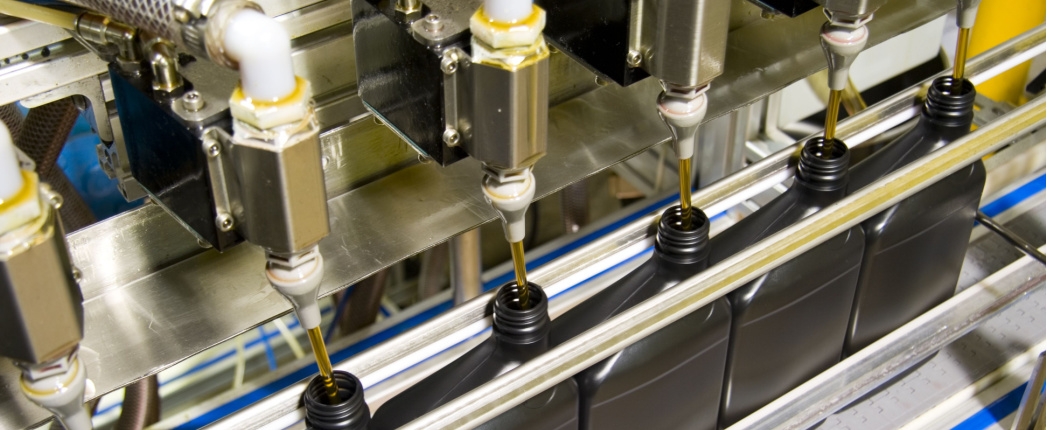
The American Petroleum Institute, a trade association that sets standards for the hydrocarbons industry, published a new methodology for lubricants life cycle assessment and product carbon footprint calculation.
The United States consumes about 2.4 billion gallons per year of finished lubricants, with a bit less than half going into automotive applications, according to the Lubes’n’Greases Factbook. Its yearly carbon dioxide emissions are heading toward 5 billion metric tons.
As end-user demand for low-carbon products grows, so does the need for data provided by LCAs and PCFs. LCAs measure a range of impact categories, while a PCF concentrates on one impact, namely carbon emissions.
There are already methods to quantify the environmental impact of products, processes and services in other parts of the industrial value chain. The International Standards Organization developed ISO 14044:2006, for example. API Technical Report 1533 is lubricant-industry specific.
“Lubricant customers are increasingly asking lubricant marketers for sustainability metrics; developing guidelines for calculating metrics became a critical area for API to focus on as the industry seeks to reduce and evaluate greenhouse gas emissions,” Jeffrey Harmening, API’s senior program manager for engine oil licensing and certification system, said in a press release.
According to API, the purpose of API Technical Report 1533 is to promote harmonization and consistency in the application of LCAs and PCFs across the lubricants industry.
“As sustainability has become a global focus across all industries, there is a need for the lubricants industry to have a clearly defined, consensus-based document capturing the broadly accepted terminology and methodology for life cycle assessment of lubricant products,” he said.
Lubricant industry organizations in Europe are also developing methods to calculate carbon footprints and life cycle assessments. API’s new methodology comes ahead of a similar initiative by the Union of the European Lubricant Industry and the Technical Association of the European Lubricants Industry. The methodology is free to download from the API website.